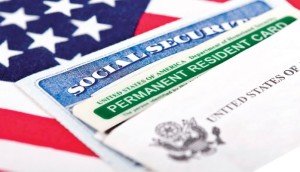March 2016 Visa Bulletin Released
The Visa Bulletin for March was just released by the Department of State. EB-2 India moved forward ten weeks after taking a quantum leap in the February 2016 Bulletin. EB-2 China jumped ahead by five months in comparison to last month. EB-3 China, India, and Philippines remain far behind. Many Family Based categories remain far behind currency, but the F2A category is doing very well at June 15, 2015. F2A is for Permanent Residents who file for their spouses and unmarried children under 21 years of age.
Whereas a US Citizen can file for his spouse or unmarried child under 21 years of age and consider them to be an immediate relative (meaning that an immigrant visa is immediately available and consular processing is not required abroad), a US Permanent Resident must go through consular processing abroad and wait for currency date. An approved family-based petition in the F2A category from before June 15, 2015 means that it is available for an immigrant visa. This could be a compelling reason for a Permanent Resident who is eligible for US Citizenship to become a citizen and file for her spouse or unmarried child.

